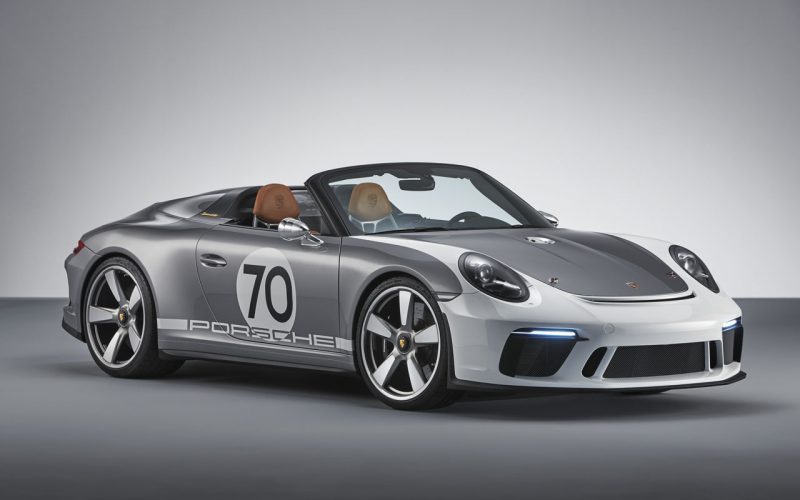
Reading Time: 5 minutesPorsche is now a septuagenarian, with Ferry Porsche, the well-schooled son of the already acclaimed engineer,

Reading Time: 3 minutesThere is no striving industry that is not on the web nowadays. Just take a look
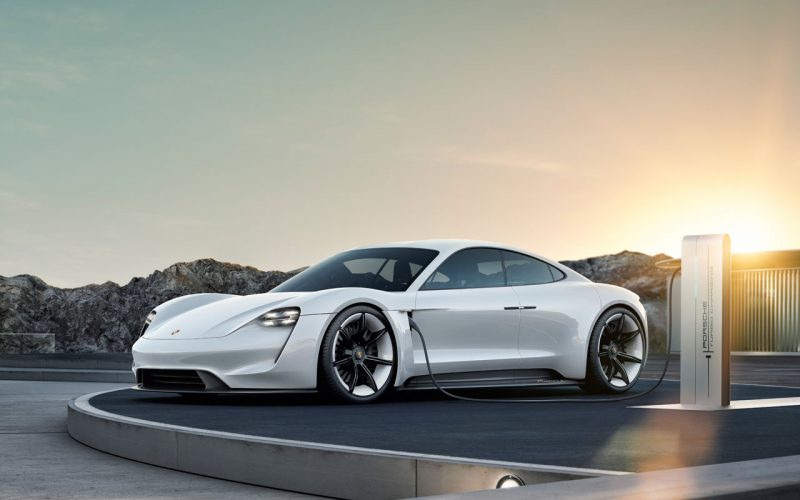
Reading Time: 3 minutesFew electric cars have caused as much excitement as the Porsche Mission E, but consider for
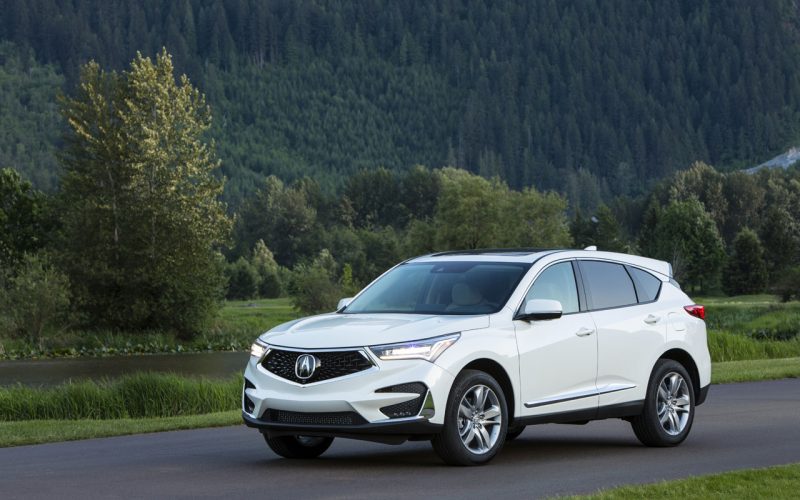
Reading Time: 9 minutesLarger, roomier, faster, more efficient, higher tech, more luxurious, more refined and arguably better looking, the
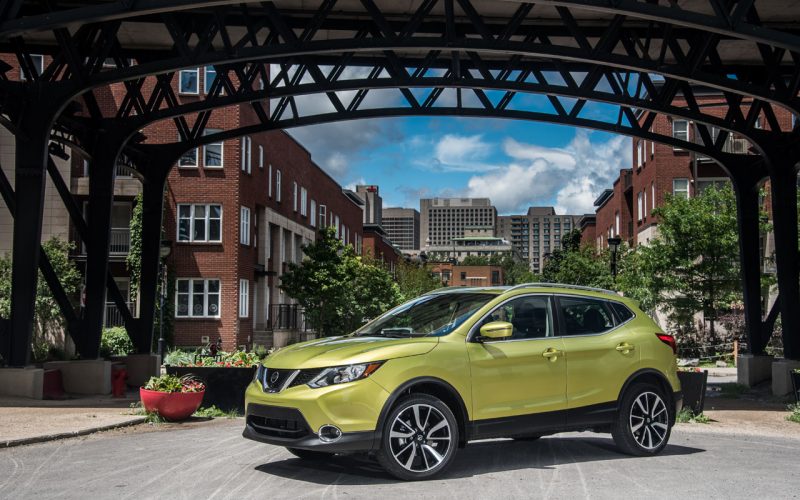
Reading Time: 3 minutesNissan Canada just announced that its semi-autonomous “hands-on-wheel” ProPilot Assist technology will be added to its
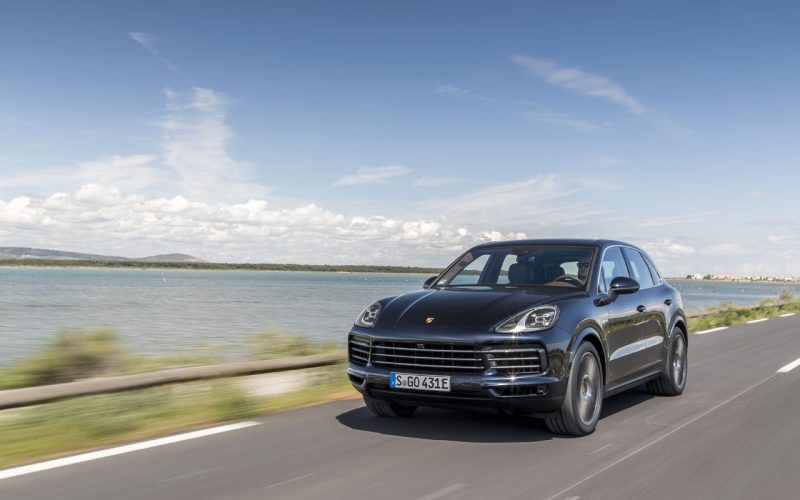
Reading Time: 7 minutesHybrids are boring. Such has been the steady mantra from performance enthusiasts since Honda and Toyota
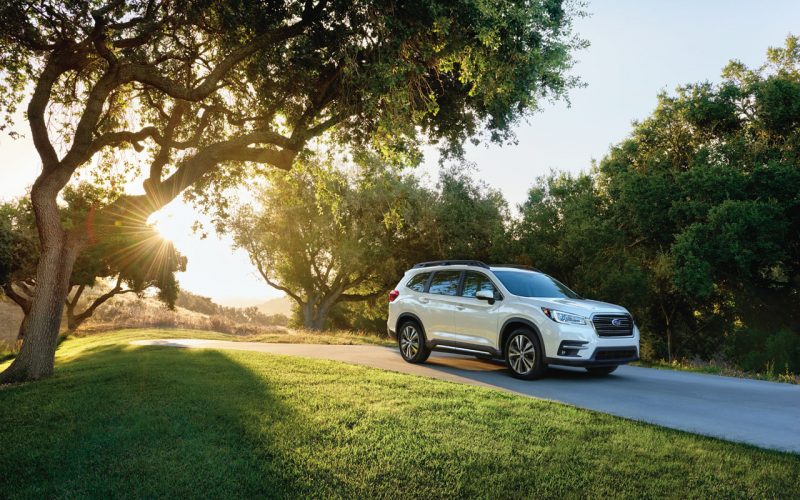
Reading Time: 7 minutesThe all-new 2019 Ascent is the biggest thing to ever hit a Subaru dealership, and it
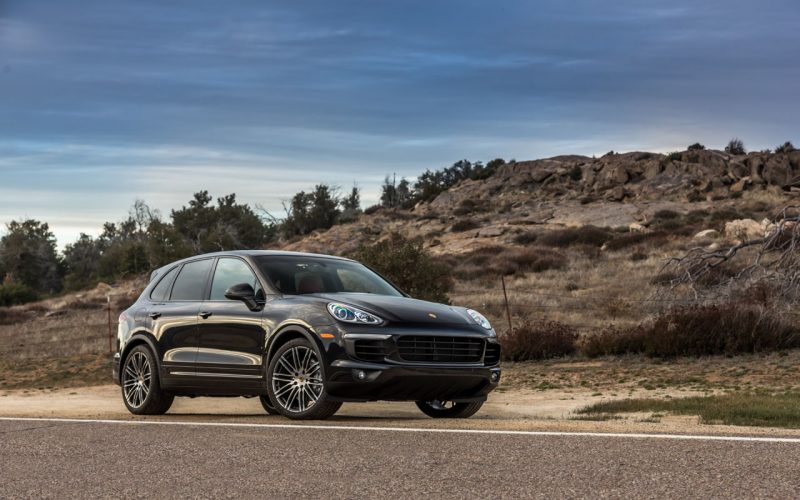
Reading Time: 4 minutesThe Canadian Black Book (CBB) gave two of Porsche’s models top ratings in their respective categories
© 2025 The Car Magazine. All Rights Reserved, Privacy Policy | Terms of Use